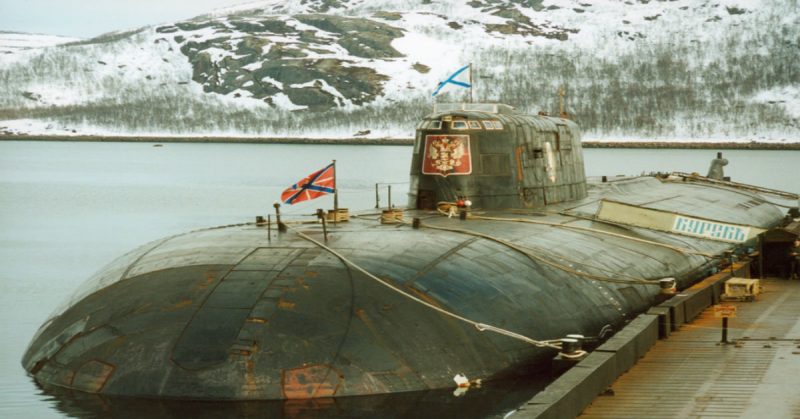August 12, 2000, is a date forever included in the newest history of Russia. It was on this day that one of the most sophisticated ships of the Russian navy, the K-141 nuclear submarine Kursk, sank in the Barents Sea. As a result of the catastrophe, the entire 118 man crew of the submarine died. At present, there are several contradictory versions of the causes of the K-141 disaster.
The nuclear submarine K-141 Kursk
The nuclear submarine K-141 Kursk belonged to the ships of Project 949A “Antey“. The «Antey» project (or Oscar-2) consists of Soviet and Russian nuclear submarine missile cruisers armed with cruise missiles (P-700) and designed to destroy enemy aircraft carrier groups. Their advantage is low noise and low visibility.
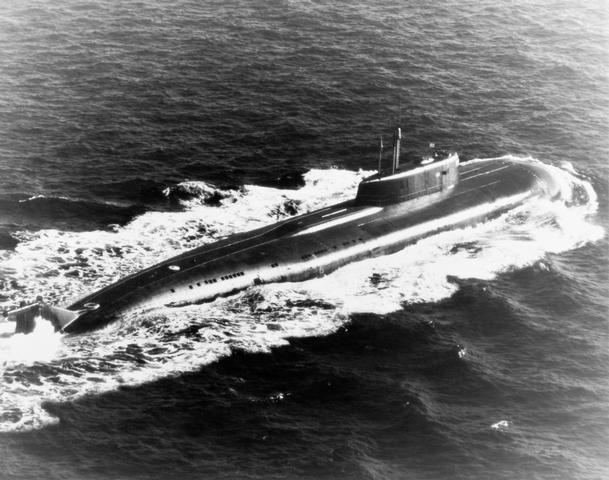
On Board, the Kursk were two nuclear reactors OK 650-B. The surface speed was 15 knots and 33 knots submerged. The maximum immersion depth is 600 meters. The autonomy was 120 days, and the maximum permissible crew was 130 people. The armament consisted of 24 P-700 “Granite” cruise missiles and 4 torpedo tubes.

It was built in the city of Severodvinsk in 1990. In 1994, the K-141 was officially adopted for service in the Northern Fleet of the Russian Navy. It was considered one of the best ships in the northern fleet.
In 1999, it made an autonomous voyage to the Atlantic Ocean and the Mediterranean Sea. On October 15, 2000, the Russian command planned to send Kursk to the Mediterranean as part of the aircraft-maneuvering group of the Northern Fleet.
Catastrophe Strikes K-141
On August 10, 2000, the ship took part in exercises in the Barents Sea. On August 12, from 11:40 to 13:40, Kursk was to conduct a training attack on the aircraft carriers of the alleged enemy. Unexpectedly at 11:28 am, the acoustics of the nuclear cruiser Peter the Great recorded strong acoustic signals.
After that, the Kursk did not complete the planned torpedo attack and did not come out for a communication session. In the morning of the next day, a group of ships set out to search for the missing submarine. At 4:51 am, it was found lying on the bottom of the sea at a depth of 108 meters.
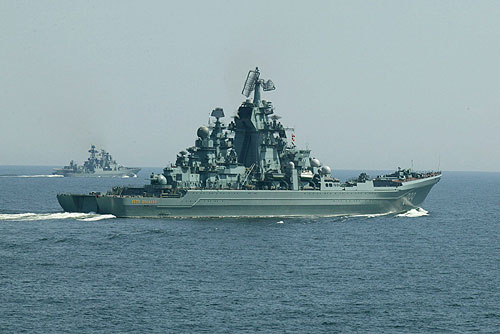
Norwegian and British fleets offered assistance, but they were not allowed to take part in the rescue operations. The Russian naval command reported that most of the crew died within minutes of the explosion.
Beginning August 13, Russian divers using deep-water vehicles made attempts to penetrate the Kursk. Underwater vehicles AC-15, AC-32, AC-34, and AC-36 were used. Only on August 20, was the Norwegian vessel, Seaway Eagle, allowed to work.
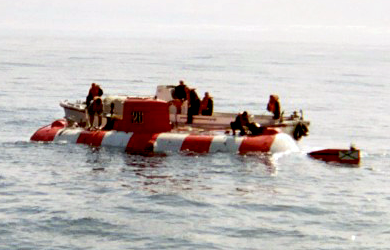
The next day, Norwegian divers managed to open the hatch and penetrate into the ship. The submarine was flooded with water. Later that day, it was officially announced that the entire crew was dead.
Official and unofficial versions of the tragedy
According to the official version prepared by Prosecutor General Ustinov from 2002:
“At 11 hours 28 minutes 26 seconds Moscow time, there was an explosion of the torpedo 65-76A (” Kit “) in the torpedo vehicle No. 4. The cause of the explosion was the leakage of fuel components of the torpedo (hydrogen peroxide). After 2 minutes, the fire that occurred after the first explosion caused the detonation of torpedoes located in the first compartment of the boat. The second explosion led to the destruction of several compartments of the submarine. Torpedoes of this type at the time of the disaster were considered unsafe.”
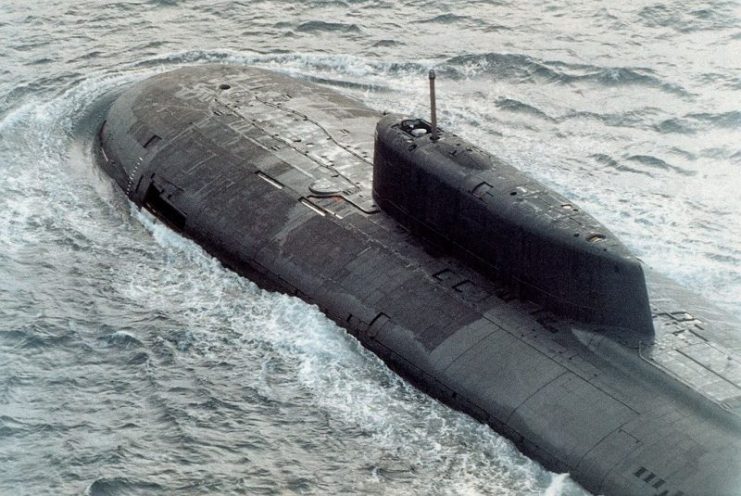
However, many people, including relatives of the deceased, professional sailors and specialists associated with the navy, have doubts about the official version. There is a suggestion that the Russian authorities deliberately did not reveal the whole picture of what happened.
There is an opinion of Vice Admiral Valery Ryazantsev, who was on the government commission to investigate the disaster. He claims that the main cause of the disaster was the explosion of a torpedo, which eventually led to the flooding of the first compartment and the collision of the submarine with the sea bottom. The impact of the submarine on the bottom led to the detonation of the remaining torpedoes.
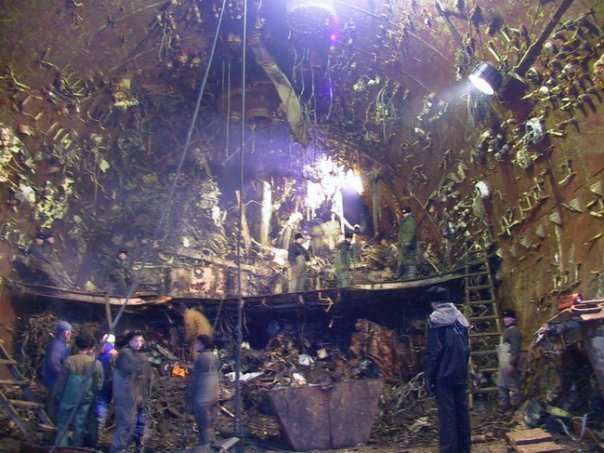
There is a more common theory about an attack from another submarine. Some admirals and officials, Canadian researchers and some retired military personnel have supported this version. According to this version, the cause of the K-141’s death was a torpedo attack by an American submarine.
In the opinion of the proponents of this hypothesis, two American submarines, the Memphis and Toledo, were monitoring the exercises of the Northern Fleet. The Kursk was testing a new torpedo, the Shkval.
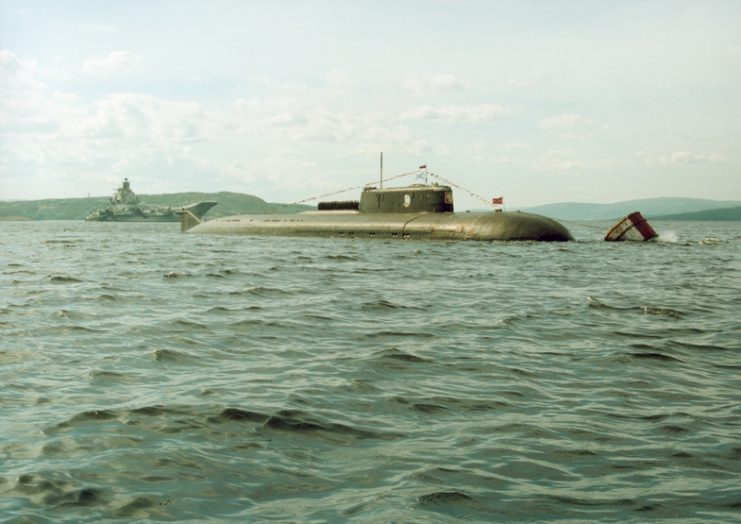
“Toledo” under the cover of “Memphis” was at a dangerously close distance to the Kursk. At some point, Toledo and Kursk collided, and Memphis at that moment launched a torpedo strike on the Kursk.
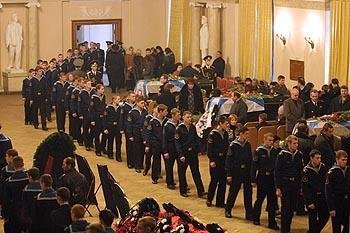
The torpedo shot was allegedly made because the Americans heard the opening of the torpedo tube of the Kursk and feared an initial strike. In addition, after the accident information appeared about the discovery of a life buoy in the media, not belonging to the Kursk.
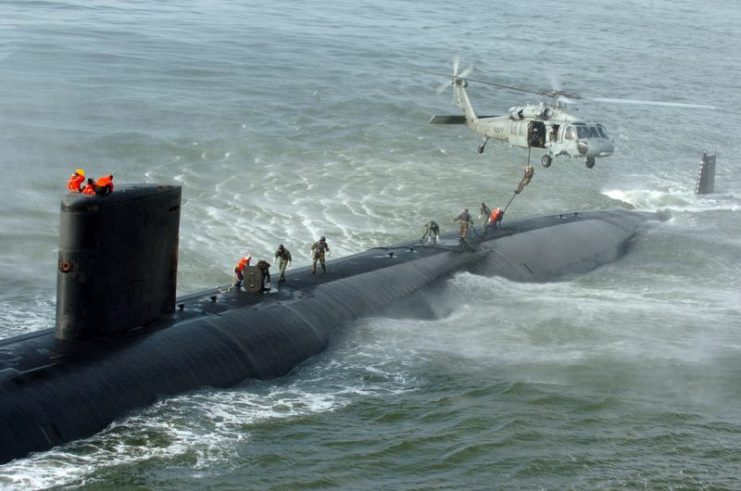
Based on this hypothesis, the French director Jean-Michel Carre made a documentary film called Kursk: A Submarine in Troubled Waters. In his work, Carre argues that Vladimir Putin intentionally concealed real facts in order to prevent a sharp deterioration in relations and a possible military conflict between Russia and the United States.
There are less fantastic versions of the sinking of the Kursk as well. One of the members of the investigating commission, Captain First Rank Mikhail Volzhensky, and Admiral Popov believe that the torpedo jammed from a strong mechanical impact on the hull of the boat.
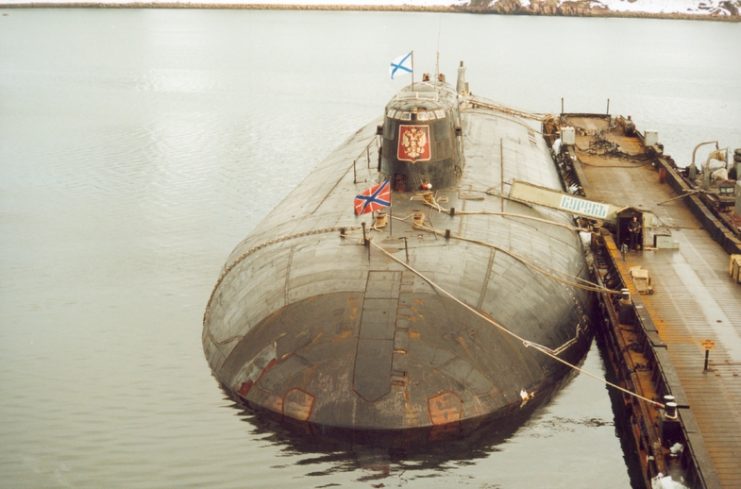
In their opinion, a possible cause of the catastrophe could be a collision with an underwater object or a foreign submarine. The blow, in this case, occurred in the most vulnerable place of the Kursk which subsequently led to tragic consequences.
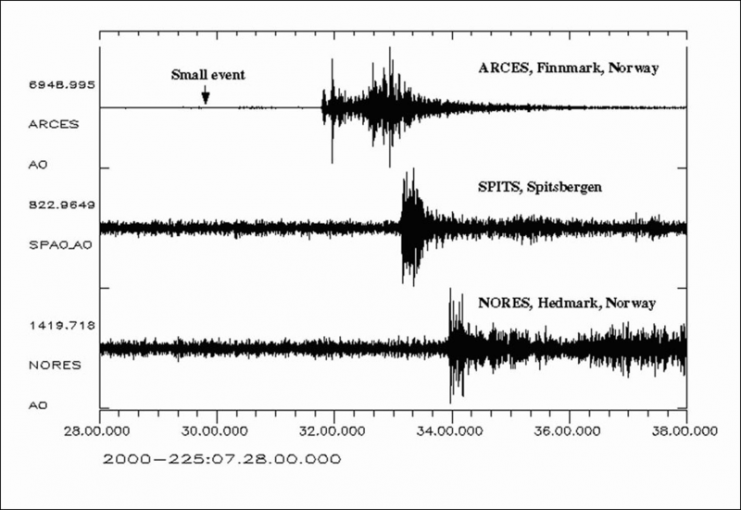
In addition to these versions, there are other hypotheses, such as a collision with a mine from the Second World War, a suicide bomber on board and even an accidental hit of a P-700 missile fired from the missile cruiser Peter the Great.
Many relatives of the dead crew members do not believe the official version. It is believed that after the sinking for two days in the ninth compartment there were surviving sailors. But the Russian government refused foreign aid for a long time and did not rush to save the crew. According to relatives, this was done purposefully.
Read another article like this – The CIA Led Operation to Recover a Soviet Sub
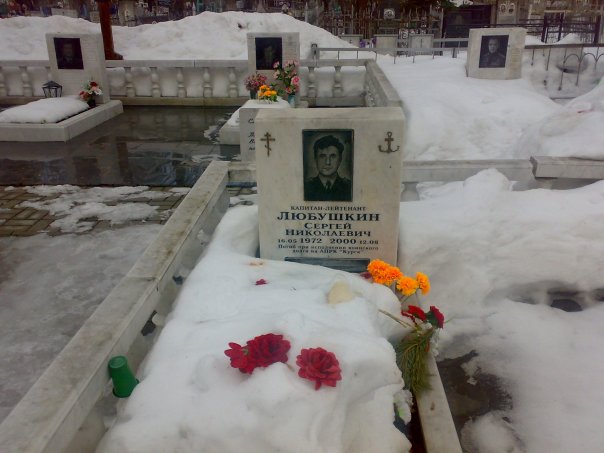
The catastrophe of the Kursk was the second most deadly in the Cold War history of the Russian Navy.
